Mostly white and blue tiles, azulejos, adorn many buildings in Portugal. They also help control the temperature in homes. This concept was introduced when the Moors ruled the country. The Portuguese name comes from the Arabic word "al-zulaich" meaning "polished stone".
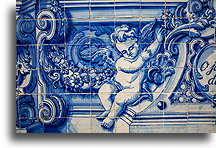
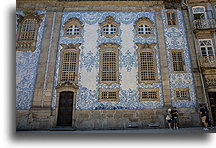
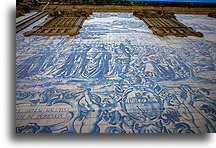
Human images are forbidden in Islam, and Moorish azulejos used geometric shapes in their designs. Later, as Moorish rule ended, tile makers began to paint elaborate scenes of Portuguese history and celebrate explorers who traveled the world. The tiles also tell stories of everyday life, depict religious scenes, and portrait rulers and royalty.
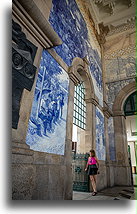
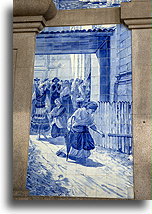
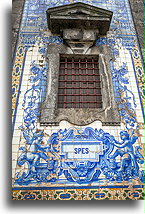
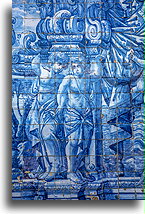
In the early 20th century, many Baroque churches in Porto were decorated with blue ceramic tiles. Those on the façade of the Igreja do Carmo illustrate the founding of the Carmelite Order. The church of Capela das Almas has scenes of St. Francis of Assisi and St. Catherine of Alexandria.
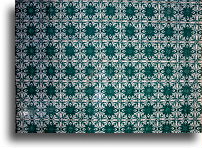
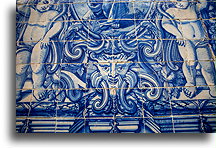
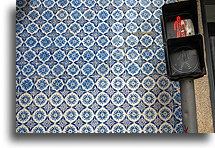
Azulejos can be any color. They are not only used to decorate churches. While walking around Porto, we noticed many private homes decorated with ceramic tiles.




